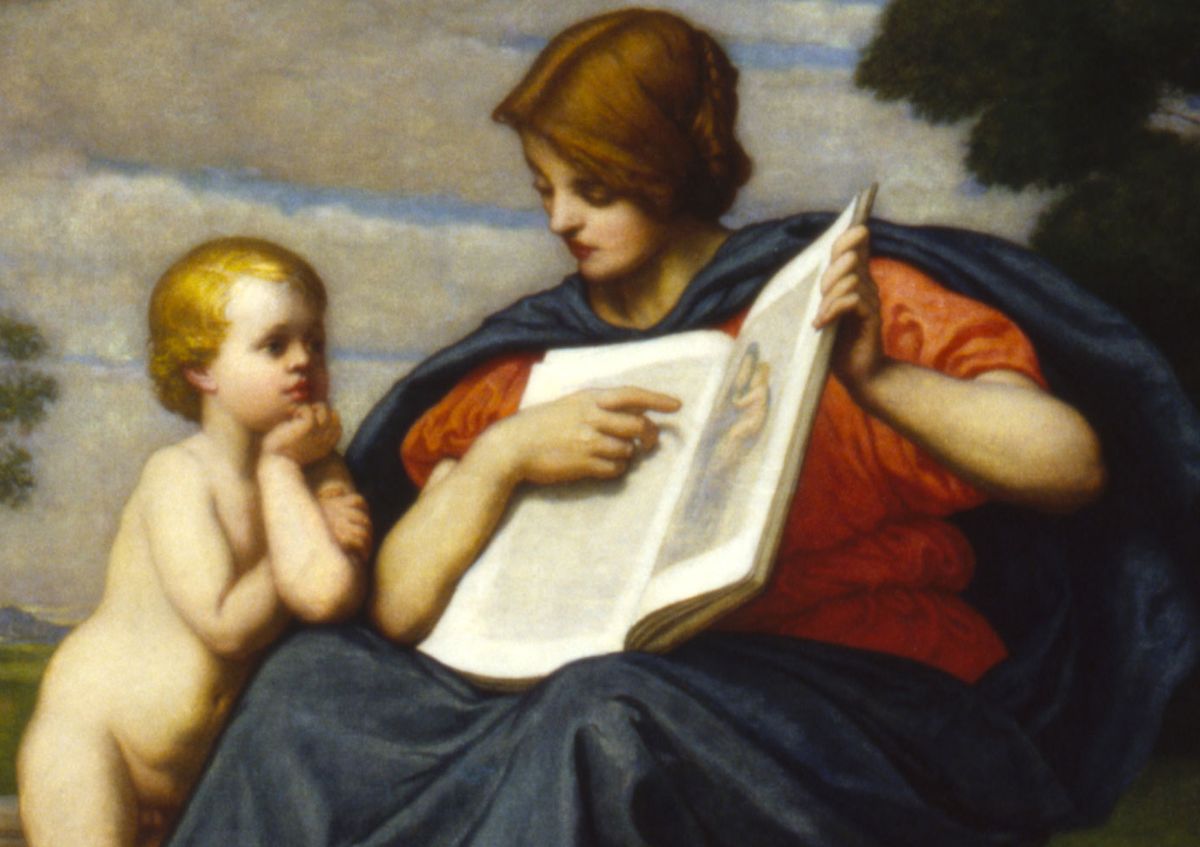As the coronavirus lockdown begins to ease in some countries, many are still having to remain indoors to help stem the spread of Covid-19, turning to books—old and new—for entertainment, solace and more. We have asked art professionals from around the world what books have been keeping them company, what new novels they have become engrossed in, and what stalwarts they have returned to.
This round-up continues The Art Newspaper’s recently launched Book Club, which includes recommendations from art professionals, exclusive extracts and images from the latest catalogues, interviews with authors, and a Book of the Month (coming soon). Specialists, subscribers, regular readers, book worms and dabblers and are all invited to follow us and feedback across our social media platforms.

Jill Medvedow © Liza Voll Photography
Jill Medvedow, director, Institute of Contemporary Art, Boston
- Ducks, Newburyport (2019) by Lucy Ellmann “I began the book before the museum closed its doors and it turned out to be one of the great experiences and accomplishments of recent times for me. It is over 1,000 pages, mostly the running inner monologue of a middle-aged woman—a baker, daughter, sister, niece and mother of four—in Newcomerstown, Ohio, whose mind traverses huge swaths of history and culture. Her narration has been compared to Molly Bloom’s soliloquy [in James Joyce’s Ulysses], to a Dewey Decimal list of post 9-11 concerns, and to Ulysses. What took me aback is that the demanding focus and attention required by the lack of sentences, periods and paragraphs is buoyantly punctuated by so much delight.”
-Lost Children Archive (2019) by Valeria Luiselli “Elegy and archive weave through this family journey layered with poetic and literary references, mortality reports, photographs and posters. Inventive, political, heart breaking.”
-Saltwater (2019) by Jessica Andrews “I’m reading this debut novel now. She writes about daughters, mothers and love in a direct, raw, and gutsy way.”
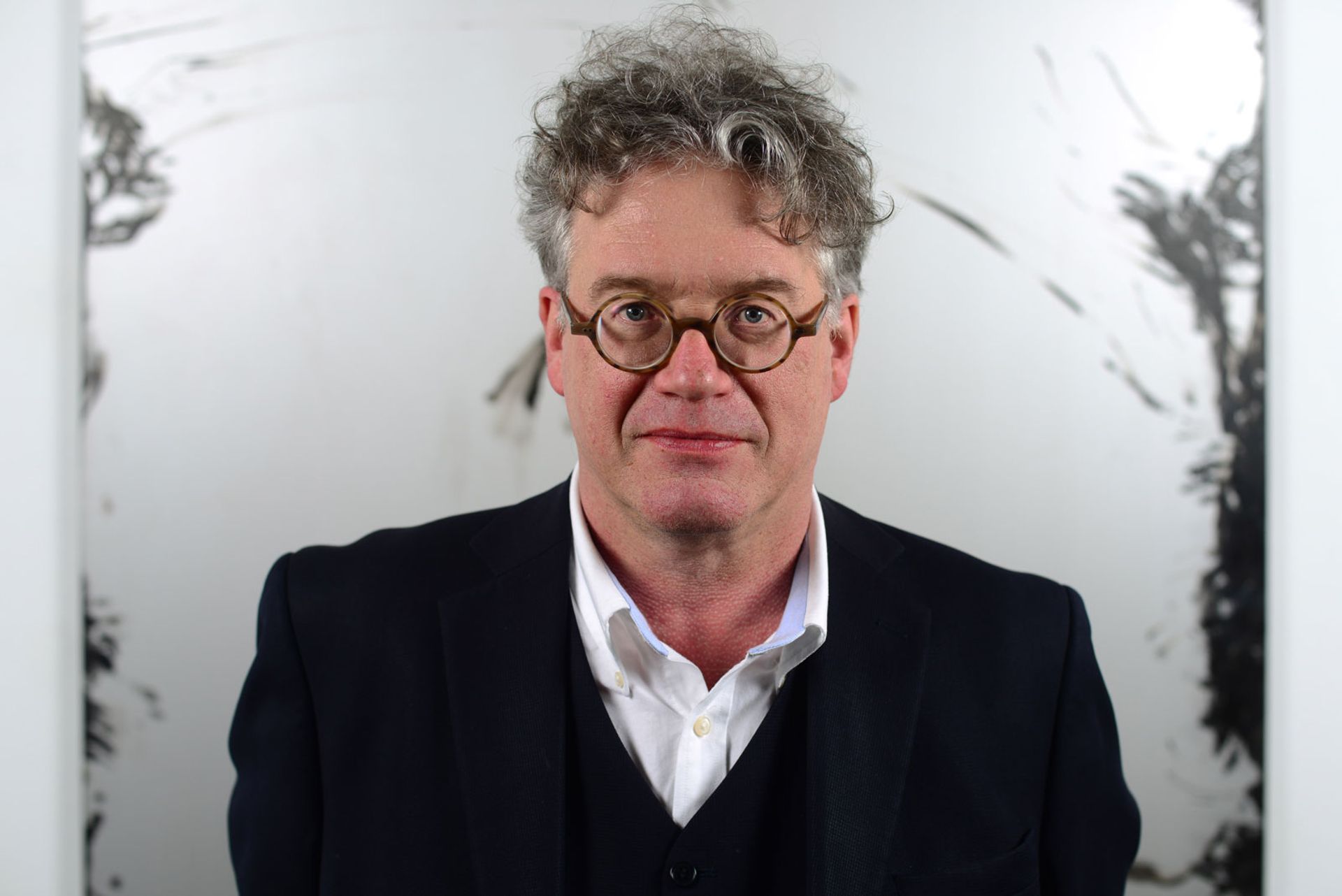
Jonathan Watkins, © Courtesy of Ikon; Photo: Jas Sansi
Jonathan Watkins, director, Ikon Gallery, Birmingham
- The Waiter (2018) by Matias Faldbakken “The long-awaited translation of this novel by Norwegian artist, Matias Faldbakken—he had a solo show at Ikon some years ago, with work that was as cool as it was obsessive, and his writing has the same quality. Plot-wise, nothing much happens, but in a really interesting way.”
- Petit Musée (1992) by Alain Le Saux and Grégoire Solotareff “This is a book for children, full of details from wonderful paintings. Our two-year-old boy loves it, oblivious to the fact that it is in alphabetical order in French.”
- So Much Longing in So Little Space: The Art of Edvard Munch (2019) by Karl Ove Knausgård “More Norwegians! Knausgård writes like a dream—the six volumes of My Struggle were not a struggle for me—and Munch was as gifted as he was psychologically complicated. In short, irresistible.”
- Carlo Crivelli (2005) by Ronald Lightbown “This is the most comprehensive book about the 15th-century Italian artist Carlo Crivelli. We are organising an exhibition of his work at Ikon for spring 2022, so Lightbown is essential reading. Plot-wise, a lot happens, including a gaol sentence for the abduction of the wife of a sailor, and the undermining of Modernist art history.”
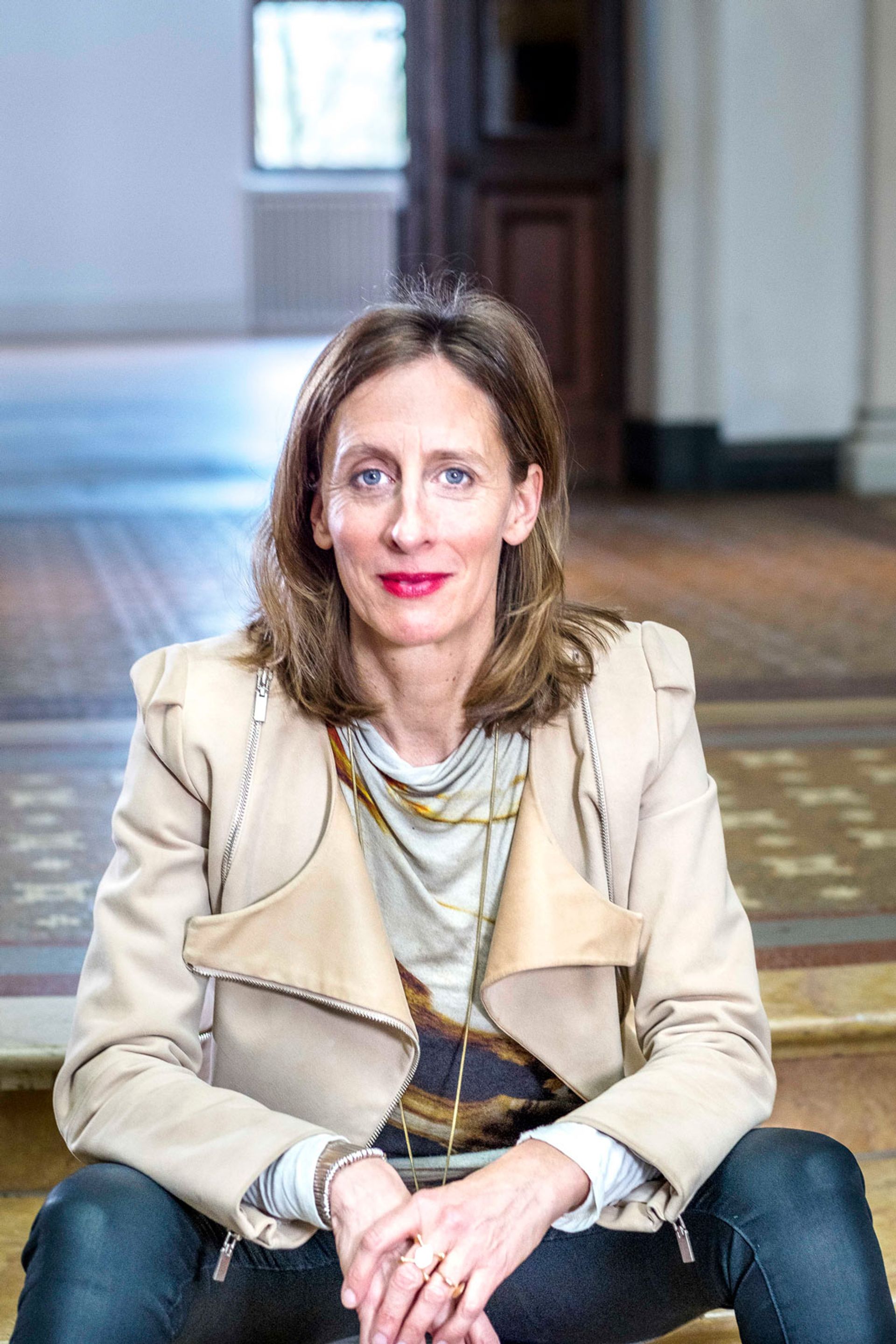
Stephanie Rosenthal © Photo: Mathias Völzke
Stephanie Rosenthal, director, Gropius Bau, Berlin
Matters of Care: Speculative Ethics in More than Human Worlds (2017) by María Puig de la Bellacasa “[The artist] Otobong Nkanga recommended this book to me and it was just the right recommendation in the right moment. We talk a lot about what care could mean? The book looks at different notions of care.”
Nirin: 22nd Biennale of Sydney catalogue (2020) “In one of the first pages there is a quote by Huma Bhaba: ‘When the centre doesn’t hold, everything becomes the Edge.’ The reader is full of wonderful texts and interviews with and from amazing first-nation artists.”
Taxi (2019) by Cemile Sahin “Taxi by the Berlin-based artist and writer Cemile Sahin is brilliant. It roots into the now and at the same time expels you in another world.”
“And I keep rereading Donna Haraway’s Staying with the Trouble (2016). It is still one of my favourite books.”
“The other book I went back to is Beatriz Colomina’s Sexuality and Space (1996). I started thinking especially about the chapter 'The split wall: Domestic Voyeurism' while I was writing my text about Yayoi Kusama. It has nothing to do with her work and still it has.”
“I also finally had some time to read Catherine Wood’s Performance in Contemporary Art (2018). I very much appreciate her writing and even if I know most of the artists and works, the way she looks at them and creates connections is great.”
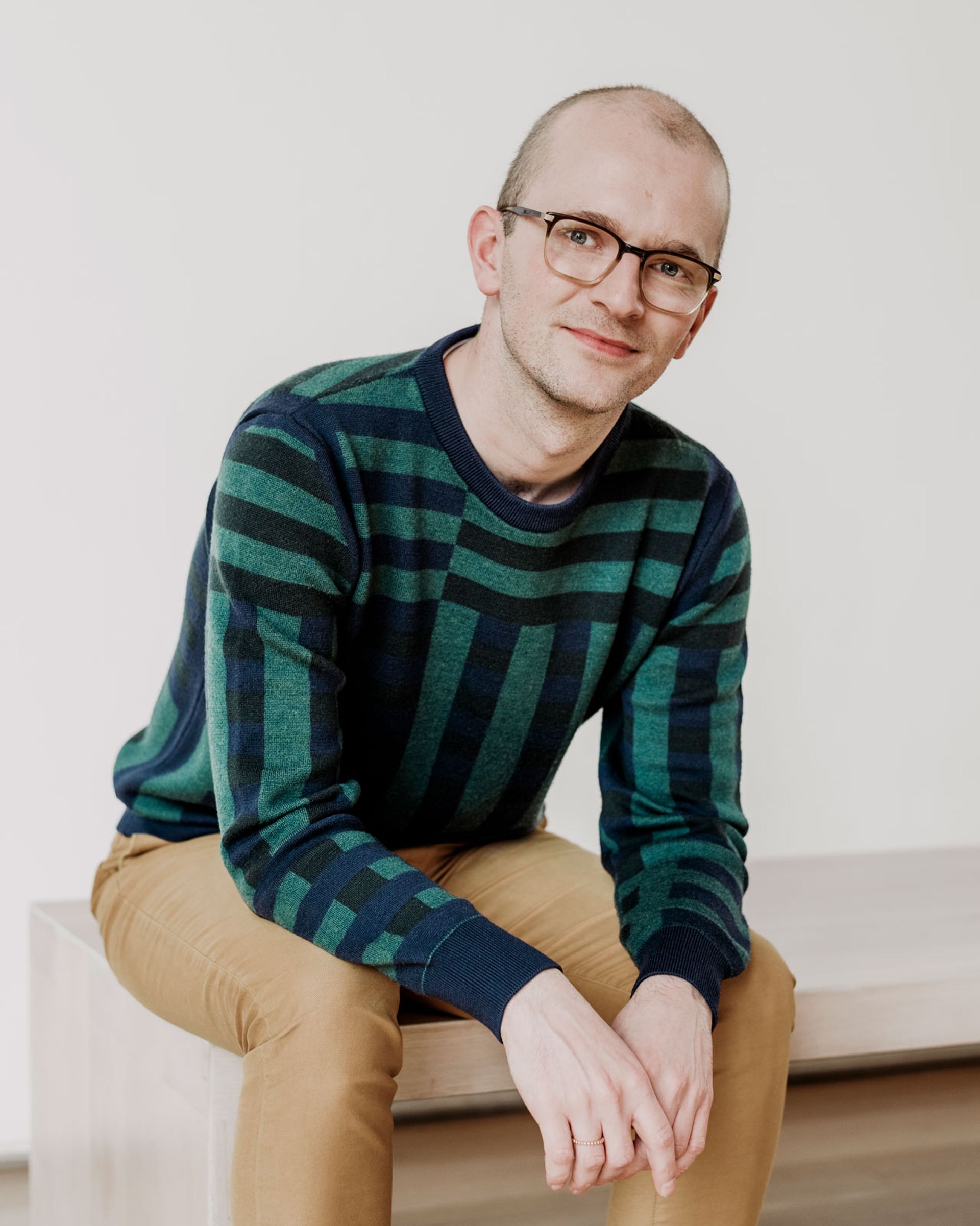
Hendrik Folkerts © Whitten Sabbatini, 2018
Hendrik Folkerts, curator of contemporary art, Art Institute of Chicago
- Oblomov (1859) by Ivan Goncharov “Rather appropriately, in the first weeks of lockdown I read Ivan Goncharov's novel Oblomov , about the man caught in immobility, inaction and lethargy. It was actually quite comforting.”
- Artist at Work: Proximity of Art and Capitalism (2015) by Bojana Kunst “Thankfully, things picked up a bit with Bojana Kunst's brilliant analysis of the entanglement of artistic labour and (late) capitalist structures, Artist at Work: Proximity of Art and Capitalism.”
- The Sermon on the Fall of Rome (2012) by Jérôme Ferrari “Timeliness also announced itself in a book that I'd been meaning to read for a while now: Jérôme Ferrari's Sermon on the Fall of Rome, a novel about Corsica, St. Augustine, and about worlds that cease to exist without its inhabitants realising it.”
- Acts of Voicing (2015) edited by Hans D. Christ et al. “A great book to read in-between incessant Zoom meetings is Acts of Voicing, about the physicality, poetics, and politics of the voice, from an astonishing range of perspectives.”
- Screaming Hole: Poetry, Sound and Action as Intermedia Practice in the Work of Katalin Ladik (2017) by Emese Kürti “Last up, and a bit more work-related, is Screaming Hole by Emese Kürti. In preparation for a solo exhibition of Katalin Ladik at Muzeum Susch in 2021, I get to dive into beautiful books like these, which chronicle Ladik's remarkable journey from language to the body, from poetry to performance, from visual scores to photography, from film to theatre, ever moving and expanding.”
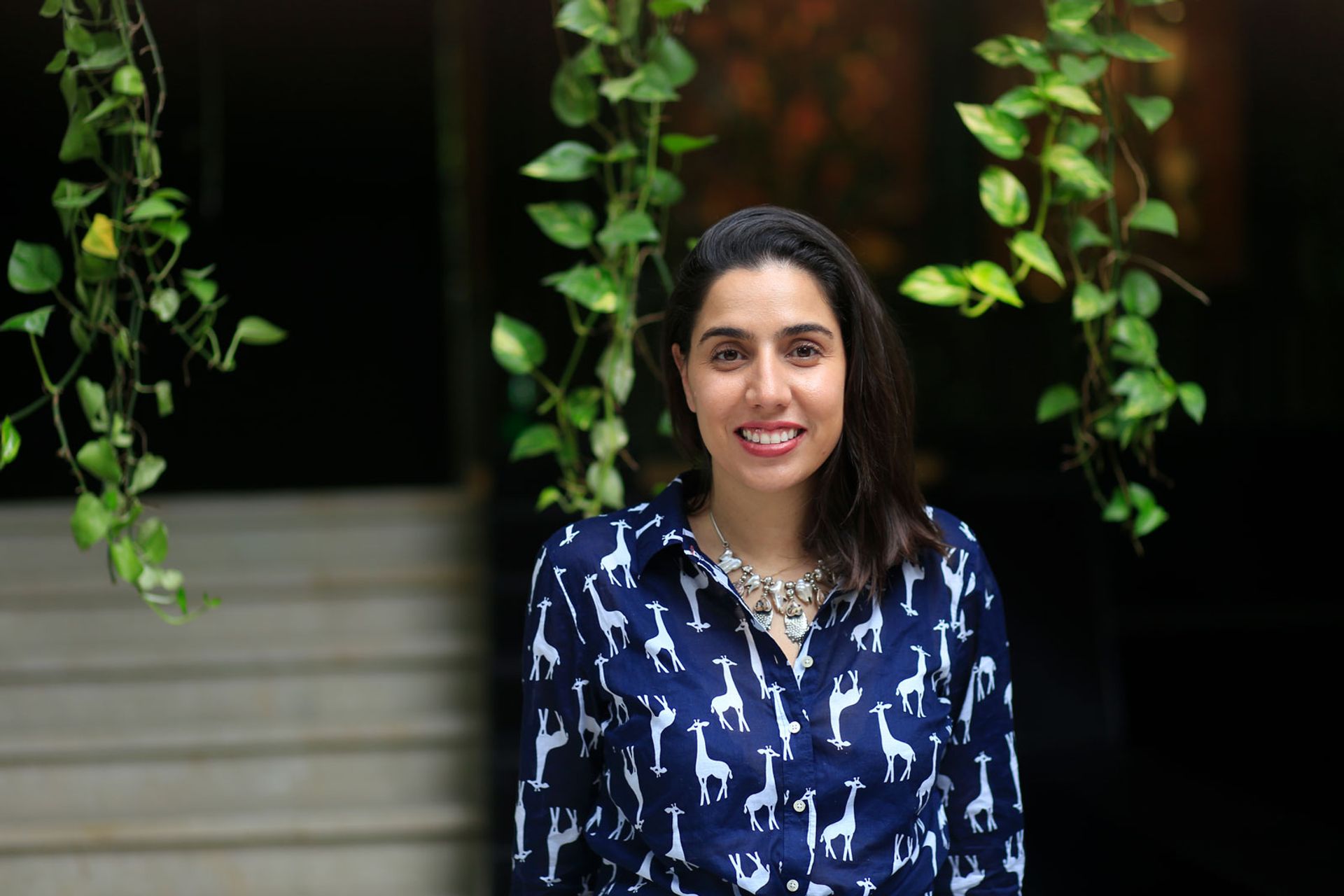
Diana Campbell Betancourt © Noor Photoface
Diana Campbell Betancourt, artistic director of Samdani Art Foundation and chief curator of Dhaka Art Summit, Dhaka
- Living as Form: Socially Engaged Art from 1991-2011 (2012) edited by Nato Thompson “I believe we are at a time when, more than ever, art needs to step out of the formally designed exhibition space and make an impact in the lives of people who are most suffering from the challenges of Covid-19, who don’t have the privilege of visiting museums, art fairs, galleries, biennales. This book is a beautiful source of inspiration of two decades of socially engaged practice.”
- This Earth of Mankind (1980) by Pramoedya Ananta Toer “I am enjoying having time to read epic books of fiction that inspire the work of artists—references that artists spent so much time delving into but that I previously could only grasp on the surface through their artistic interpretations of literature. I am in Indonesia during the times of Covid-19 confinement and I am enjoying reading the epic Buru Quartet, which inspired a beautiful body of work by Rossella Biscotti that unpacks the history of female resistance to colonisation and patriarchy in this country. This book began as a series of stories imagined by the author and shared with prisoners when he was in jail, which he later transcribed after these stories were retold to him by fellow prisoners years later when he was a free man.”
Broken Nature : Design Takes on Human Survival(2019) edited by Paola Antonelli “I am interested in the intersection between art, science, design, and engineering and the ability of these creative fields to invent new solutions to heal our planet and create new systems for a post-Covid-19 world. While this exhibition at the 2019 Triennale di Milano predates the pandemic, the sort of thinking applied by the curatorial team and designers in this catalogue could not be more relevant now.”
The Constituent Museum: Constellations of Knowledge, Politics, and Mediation; a Generator of Social Change (2018) edited by John Byrne et al. “While this book mostly focusses on a kind of institution that does not exist in South or Southeast Asia (yet), I find inspiration looking at the work and thinking of colleagues who have tried to redefine or push the definition of what an art institution can be as I develop our plans to open Srihatta – the Samdani Art Centre and Sculpture Park in a post-Covid-19 world addressing a lot of the concerns found in this moving compendium.”
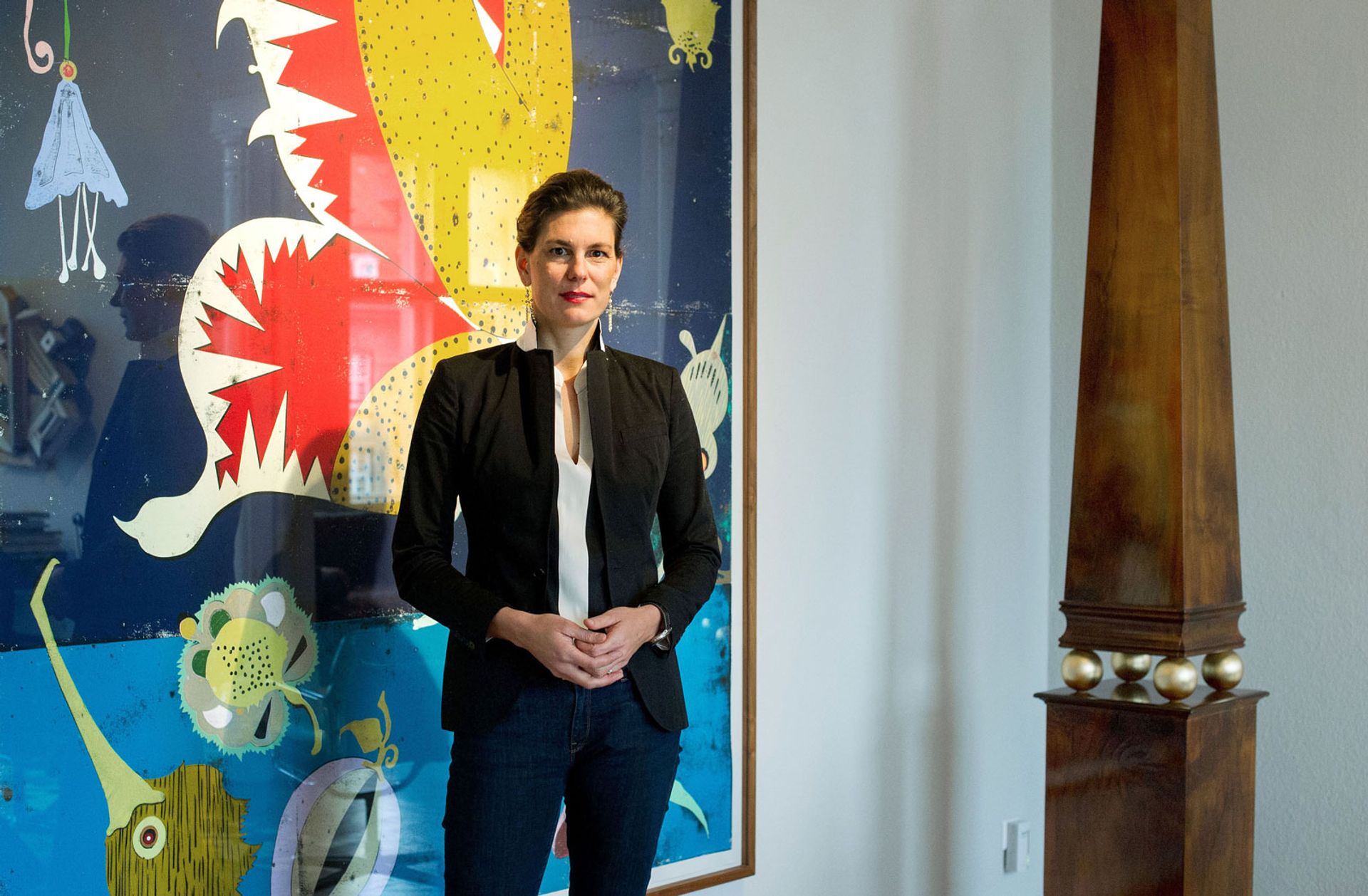
Loretta Würtenberger © Mathias Lüdecke
Loretta Würtenberger, co-founder of the Institute for Artists Estates and Schlossgut Schwante Sculpture Park, Brandenburg
Walk Through Walls: A Memoir (2016) by Marina Abramović “I found this an inspiring read, especially when thinking about our new sculpture park. Abramović’s emphasis on the immaterial calls attention to the experiential elements of art. There is a strong energy inherent in the dialogue between sculpture and nature, and it made me think about what formats we could use here at the Schlossgut Schwante so that this energy becomes as perceptible as possible. When you’re working with something as physical as sculpture, Abramović’s work is a reminder to think beyond the object in front of you.”
Man with a Blue Scarf: On Sitting for a Portrait by Lucian Freud (2010) by Martin Gayford “This is a pertinent book for our time, and the current 'stabilitas loci'. Gayford’s sitting for Lucian Freud prompts me to think about how powerful staying in one location can be, and how depth and perspective can rise from such a situation. For those of us fortunate to be healthy and safe, perhaps the answer is not to struggle against it, but actually to observe and to meditate.”
‘Steps’ (1941) poem by Hermann Hesse “During these times I find myself returning to Hesse’s renowned poem ‘Steps’. Such a poignant text, it’s about the states of transition and letting things go, but also, importantly, about new beginnings.”
Selected Writings (13th and 14th century) by Meister Eckhart “I can think of countless artists who have been inspired by the works of Eckhart, from Bill Viola to John Cage. This book has a permanent position next to my bed—it’s one of my all-time favourites. Eckhart—a medieval theologian, philosopher and mystic—offers profound, universal teachings, which still offer solace and direction in this day and age.”


